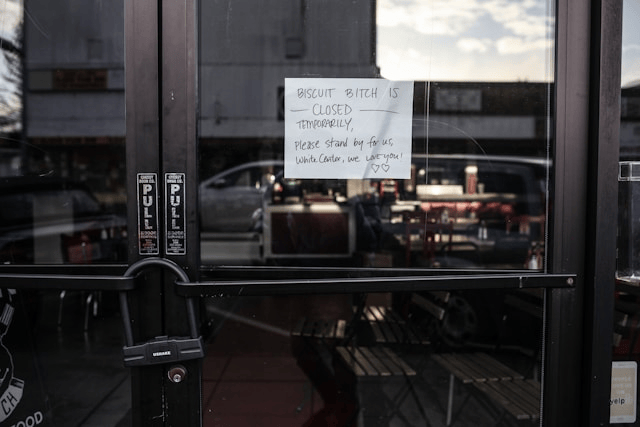In today’s highly competitive market, customer satisfaction plays a vital role in building a successful business. No matter how excellent your product or service is, complaints are inevitable. Learning how to handle customer complaints professionally can not only diffuse tense situations but also turn dissatisfied customers into loyal brand advocates.
When handled correctly, dealing with customer complaints can actually strengthen your relationship with your audience, enhance your reputation, and reveal valuable insights for improving your business operations.
Why Professional Complaint Handling Matters
Customer complaint resolution is not just about solving a problem it’s about demonstrating your commitment to customer care. When a customer reaches out with a complaint, it’s an opportunity to show them they are heard, valued, and respected.
Unresolved or poorly managed complaints can lead to lost business, negative reviews, and a damaged reputation. On the other hand, handling customer issues with professionalism can increase retention, improve word-of-mouth referrals, and build trust.
Handling Customer Complaints Professionally
Mastering the art of complaint handling requires a mix of emotional intelligence, effective communication, and strategic thinking. Below is a step-by-step process that illustrates how to handle customer complaints professionally and calmly:
1. Stay Calm and Composed
When facing an upset or irate customer, your first priority should be to remain calm. Even if the complaint feels unfair or exaggerated, maintaining composure helps de-escalate the situation. Your tone and demeanor set the stage for a productive conversation.
Tip: Take a deep breath and avoid taking the complaint personally.
2. Listen Actively and Empathetically
Active listening is one of the most powerful tools in customer service. Let the customer speak without interruptions, and show empathy by acknowledging their feelings. Phrases like “I understand how that could be frustrating” go a long way in calming upset customers.
3. Acknowledge the Issue
After listening, make sure to clearly acknowledge the issue. This doesn’t mean accepting fault but simply showing that you recognize the problem and are taking it seriously. This step is critical in professional customer interaction.
4. Apologize Sincerely
Even if the complaint isn’t your fault, offering a sincere apology demonstrates empathy and care. A simple, “I’m sorry you had this experience, and I’d like to help make it right,” shows that you’re taking ownership of the customer’s dissatisfaction.
5. Investigate and Clarify
Ask questions to fully understand the issue. Clarify any points of confusion and confirm details before jumping to a solution. This step ensures that you don’t miss any critical information and shows the customer that you are thorough in resolving customer issues.
6. Offer a Solution
After identifying the problem, propose a clear and fair solution. If possible, offer the customer options so they feel in control of the outcome. Whether it’s a refund, replacement, or discount, be transparent about what you can and cannot do.
7. Follow Up
One of the most overlooked customer service best practices is the follow-up. After the issue is resolved, contact the customer to ensure they are satisfied with the resolution. This small gesture demonstrates genuine concern and can leave a lasting positive impression.
Handling Different Types of Complaints
Different customer personalities require different approaches. Here are a few common complaint types and how to deal with them:
-
Angry Customers: Focus on calming the situation first. Listen actively and avoid escalating the tension.
-
Unreasonable Demands: Stay polite but firm. Explain what you can do and set realistic expectations.
-
Product or Service Issues: Address these directly by investigating the problem and providing a resolution quickly.
-
Communication Failures: Acknowledge the breakdown and clarify the information with patience and professionalism.
Tips for De-escalating Difficult Situations
When handling difficult customers, it’s essential to be proactive in managing conflict. Here are a few proven techniques:
-
Use calm, non-confrontational language.
-
Repeat or paraphrase what the customer said to show understanding.
-
Offer reassurance that the issue is being taken seriously.
-
Know when to escalate to a manager if the issue goes beyond your scope of authority.
Learning complaint handling techniques like these can help customer service teams maintain professionalism even under pressure.
Continuous Improvement Through Training
Dealing with customer complaints is a skill that can always be refined. Encourage regular customer service training within your team to improve communication, empathy, and problem-solving skills.
Moreover, use customer feedback to identify patterns and prevent recurring issues. This proactive approach to improving customer service skills not only reduces complaints but also boosts overall customer satisfaction.
Final Thoughts
Knowing how to handle customer complaints professionally is essential for any customer-facing role. By responding to negative feedback with empathy, clarity, and purpose, you show customers that their voices matter. Even the most difficult situations can be transformed into opportunities to build trust and loyalty.









